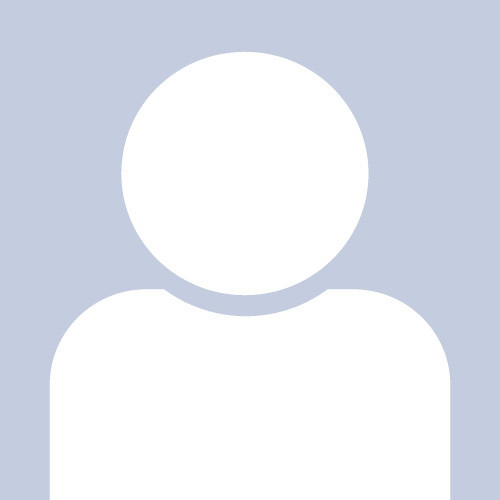Google to auto-enroll 150 million users in two-step verification by year's end

What you need to know
- Google plans to auto-enroll 150 million more users in two-step verification by the end of the year.
- YouTube creators will be required to turn on two-step verification to access Studio from November 1.
- The search giant is also rolling out a new feature that allows users to access all their passwords saved in Google Password Manager from the Google app menu.
Back in May this year, Google announced plans of enabling two-factor authentication by default for users with "appropriately configured" accounts. The search giant has now confirmed in a new blog post that it will auto-enroll 150 more Google users in "two-step verification" by the end of 2021.
However, Google says it will only auto-enroll those accounts that have "the proper backup mechanisms in place to make a seamless transition to two-factor verification." As part of its efforts to prevent unauthorized access to accounts, Google is also going to require two million YouTube creators to turn on two-factor authentication to be able to access Studio starting November 1.
To make password sign-in more seamless, Google is adding the ability to autofill saved passwords in other apps to Chrome's built-in Password Manager on iOS. Users on iOS will also soon be able to generate strong passwords for any app, similar to how Autofill with Google already works on the best Android phones. Additionally, Google is adding a new feature to the Google app that enables users to easily access all their passwords saved in Google Password Manager.
Google also says that it has teamed up with organizations to make free security keys available to more than 10,000 high risk users this year. It has been successful in making security keys a lot more accessible by building the capability right into Android phones and the Google Smart Lock app on Apple devices.
The future of authentication, however, may involve One Tap and APIs such as Google Identity Services. The new services use secure tokens instead of passwords to sign users into third-party websites and apps. In addition to a more convenient experience, they also help protect users against click-jacking, pixel tracking, and other threats.
Get the latest news from Android Central, your trusted companion in the world of Android

